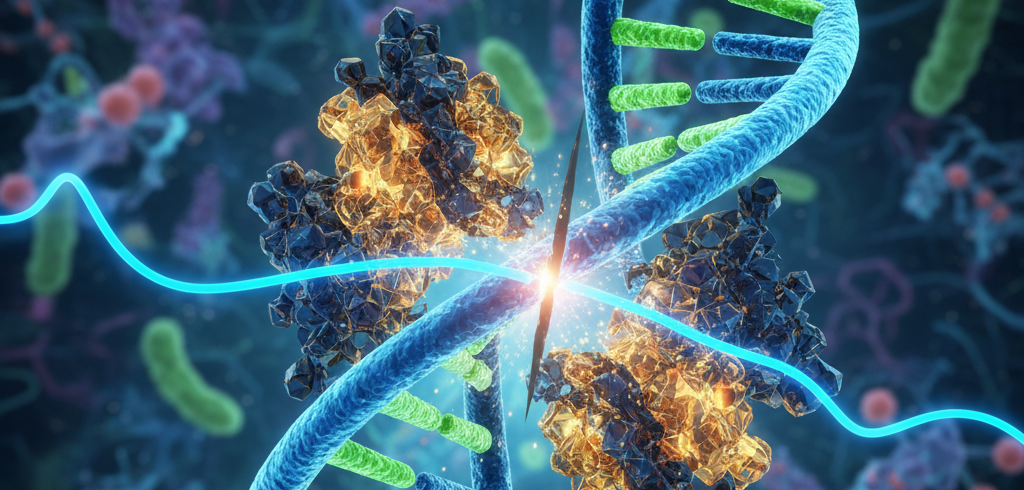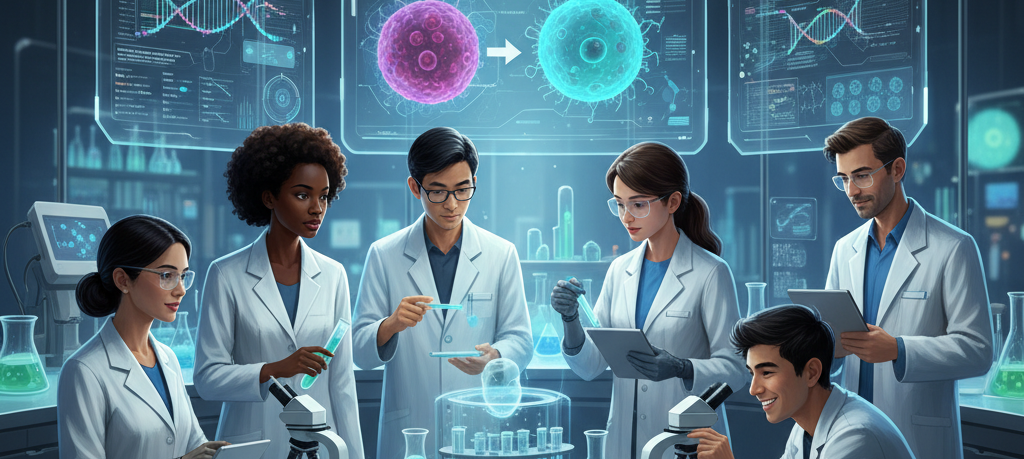In 2025, CRISPR-Cas9 technology continues to push the boundaries of genetic engineering, offering unprecedented precision in editing DNA to combat diseases, enhance agriculture, and even tackle environmental challenges. Discovered in 2012 by Jennifer Doudna and Emmanuelle Charpentier, who earned the Nobel Prize in 2020, CRISPR has evolved from a bacterial defense mechanism into a versatile tool that’s democratizing biotech and sparking ethical debates worldwide.

Origins and Technological Evolution
CRISPR, short for Clustered Regularly Interspaced Short Palindromic Repeats, mimics how bacteria fight viruses by cutting and replacing genetic sequences. The Cas9 enzyme acts as molecular scissors, guided by RNA to target specific genes. Early applications focused on basic research, but advancements like base editing (2016) and prime editing (2019) have improved accuracy, reducing off-target effects.
By 2025, CRISPR 2.0 variants, such as Cas12 and Cas13, enable multiplex editing—altering multiple genes simultaneously. Companies like CRISPR Therapeutics and Editas Medicine are scaling up, with FDA approvals for treatments like Casgevy for sickle cell disease in 2023 marking clinical milestones. Integration with AI for predicting edit outcomes further accelerates development.
Applications in Health and Agriculture
In medicine, CRISPR is transforming therapies:
- Genetic Disorders: Editing mutations in conditions like cystic fibrosis or muscular dystrophy, with ongoing trials showing promise in restoring function.
- Cancer Treatment: Engineering immune cells (CAR-T therapy) to target tumors more effectively.
- Infectious Diseases: Developing CRISPR-based diagnostics and antivirals, as seen in rapid COVID-19 tests.
Agriculturally, it’s creating resilient crops: drought-resistant rice, nutrient-enhanced wheat, and pest-proof plants reduce reliance on chemicals, addressing food security amid climate change. Environmentally, projects like de-extincting species or engineering coral to withstand warming oceans highlight its broader potential.

Ethical Considerations and Global Impact
While revolutionary, CRISPR raises profound questions: germline editing could prevent hereditary diseases but risks “designer babies” and inequality. International guidelines, like those from the WHO, emphasize equitable access and moratoriums on heritable changes.
Societally, it shifts paradigms in bioethics, with public engagement crucial to avoid misuse. Developing nations are adopting CRISPR via open-source tools, fostering global collaboration but also regulatory disparities.
Future Horizons
As we approach 2030, CRISPR’s fusion with nanotechnology and synthetic biology could enable personalized medicine at scale. Challenges like delivery methods and long-term safety persist, but its trajectory promises a healthier, more sustainable world.
CRISPR exemplifies how science & technology can redefine human potential, urging responsible innovation.
